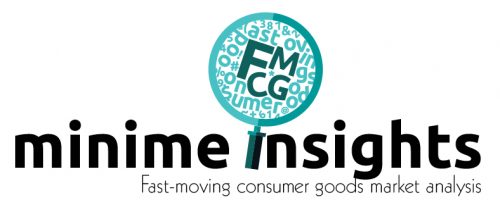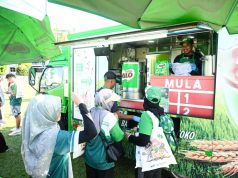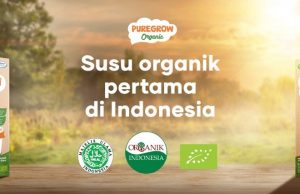It has come to my attention that Nestle is still using #6 plastic for its 135g yogurt sold in Malaysia.
According to thedailygreen.com, #6 is “better known as polystyrene or Styrofoam…. and are found in disposable plates and cups, meat trays, egg cartons, carry-out containers, aspirin bottles and compact disc cases. You should particularly watch out for insulated Styrofoam cups which, when heated, can release potentially toxic breakdown products like styrene into your coffee or tea. Number 6 plastics have also become notorious for being one of the most difficult plastics to recycle.” link
 |
|||||
| #6 polystyrene |
Other yogurt brands have already shifted to #5 polypropylene (PP) thermoplastic polymer, known to exhibit high resistance to heat and acts as a barrier to moisture. #5 PP is ideal for yogurt and margarine tubs, plastic cups and baby bottles. Marigold is the latest to shift from the #6 packaging to the safer PP plastic format.
So why is Nestle known to be committed to caring for the environment still using #6, which is not easily recyclable because of its low scrap value and its light weight? Moreover styrene leached from #6 plastic has been classified by the International Agency for Research on Cancer (IARC) as a possible human carcinogen.
It is time for Nestle to shift to the #5 packaging now.
a high resistance to heat and acts as a barrier to moisture. – See more at: http://www.babygreenthumb.com/p-122-safe-plastic-numbers-guide.aspx#sthash.u3vkEtsO.dpuf














